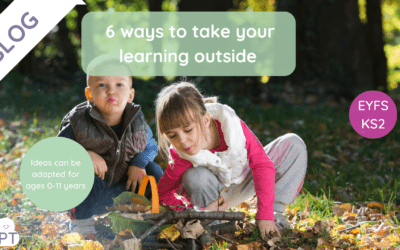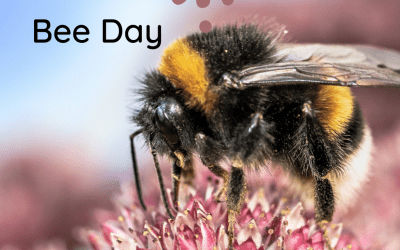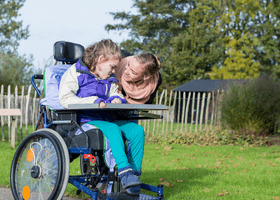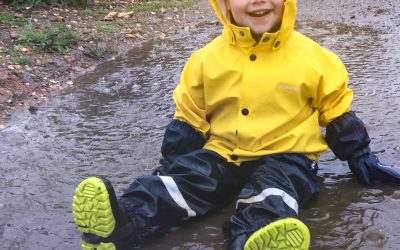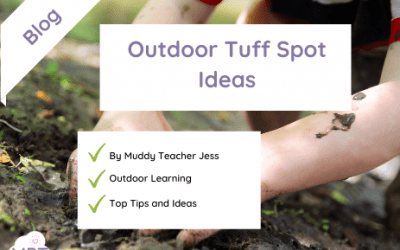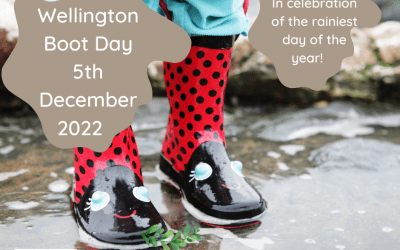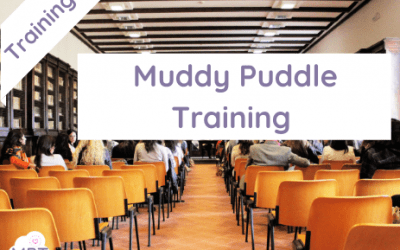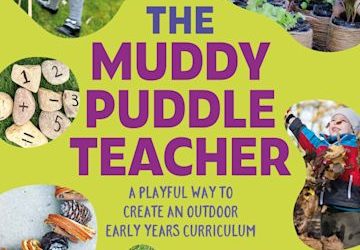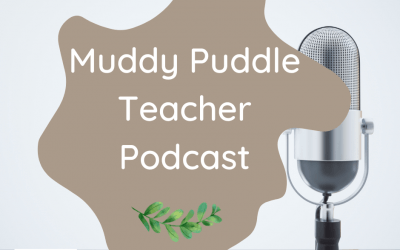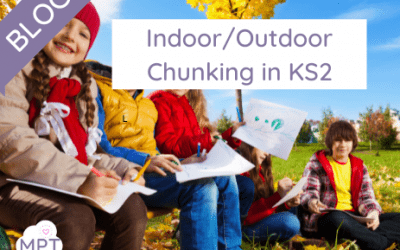Forest schools are a great way to introduce young people to the outdoors and teach them about environmental...
Is Forest School for you?
Aug 22, 2022
Is Forest School the best option for you? Why have schools signed up to FS? Forest School is something that many...
6 ways to take your learning outside
Aug 12, 2022
6 ways to take your learning outside Outdoor learning has never been so needed! With increased referrals for...
Top 3 Tips When Teaching Abroad By Teacher Jess Gosling
Jun 14, 2022
Three tips when considering international teaching: 1. Reflect deeply on whether you could independently live...
World Bee Day
May 25, 2022
This year we have been supporting the Bumblee Bee Conservation. Bumblebee Bee Day is a much loved day by our Muddy...
3 Top Tips for Outdoor Learning at SEND Schools
May 25, 2022
Making Outdoor Learning happen for those with disabilities and special needs One of the many beauties of the...
Outdoor Learning Clothing
Apr 27, 2022
We have found the Outdoor Learning Clothing of your dreams. Little Adventure Shop [button...
Sunflower Day 29th April 2022
Apr 27, 2022
We are delighted yet again to be hosting this year's Sunflower Day on the 29th of April 2022 where our mini-muddies...
Outdoor Tuff Spot Ideas
Feb 28, 2022
Outdoor Tuff Spot Ideas By Jessica Habgood I love going outdoors with my daughter Felicity and setting up fun learning...
Muddy Maths Blog (KS1)
Feb 1, 2022
Muddy Maths (KS1) Tip and Ideas Maths is a super versatile subject to take outdoors and a great starting point for...
Wellington Boot Day Competition
Jan 27, 2022
Wellington Boot Day Win your teacher a chance to get a FREE Muddy Puddle Subscription. To celebrate launching our new...
Teacher Training Options
Jan 24, 2022
Face to Face Teacher Training OptionsCPD Accredited Muddy Teacher Training Whole School Option (up to 20 staff) for...
The Muddy Puddle Teacher Book | Early Years Outdoors
Jan 21, 2022
Buy the Book The Muddy Puddle Teacher Book: A Revolution in Outdoor Learning The Muddy Puddle Teacher book is a...
The Muddy Puddle Teacher Podcast
Jan 21, 2022
The Muddy Puddle Teacher Podcast Our Award-Winning podcast is FREE CPD. Listen in to owner and founder Sarah Seaman as...
Sarah Seaman’s Story (The First Muddy Puddle Teacher)
Jan 20, 2022
A little introduction to me, author of The Muddy Puddle Teacher: Creative curriculum for Early Years Setting, owner...
Indoor/Outdoor Chunking in KS2
Jan 10, 2022
Outdoor/Indoor Chunking in KS2 When we move to KS2, the children's learning becomes more detailed, which is a natural...
The Winner of The Muddy Puddle Teacher Awards
Dec 16, 2021
A big congrats to the two schools that were awarded this year's Muddy Puddle Teacher Award 2021. Never will your...
Top 10 Class Christmas Jokes
Dec 13, 2021
The Muddy Puddle Teacher is an approach that follows the three Muddy M's: Mother Nature Mental Strength More Kids...
New In
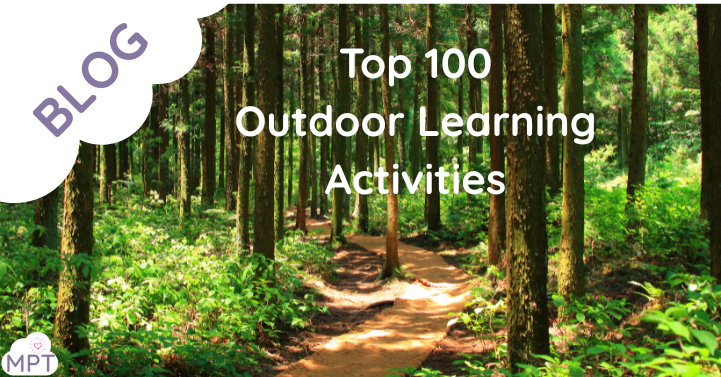
Top 100 Outdoor Learning Activities
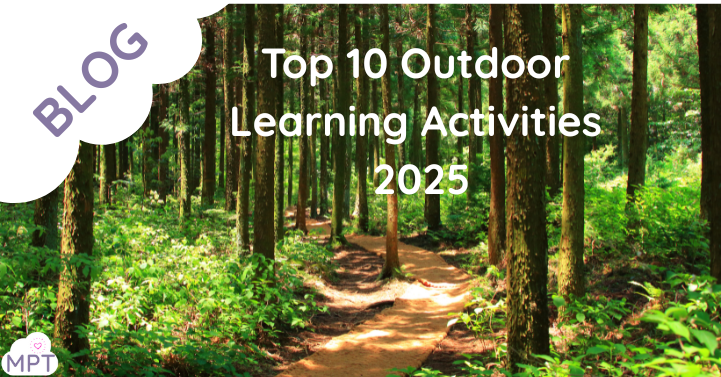
Top 10 Outdoor Learning Ideas 2025
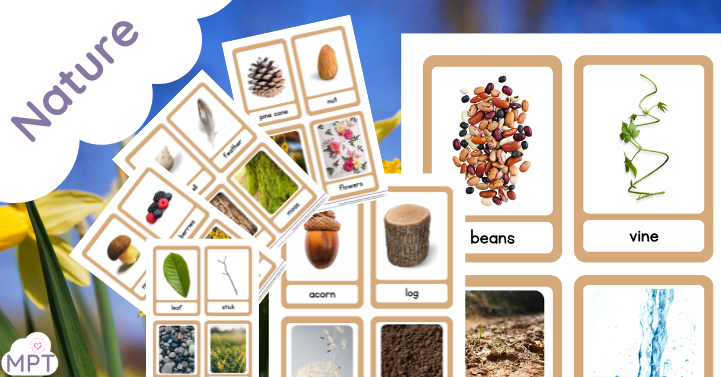
Nature Flash Cards (Outdoor Learning) – Non-Verbal Cue Cards
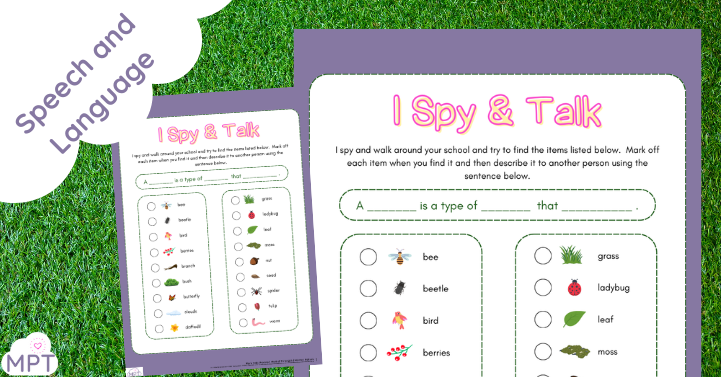
Outdoor Learning I Spy & Talk
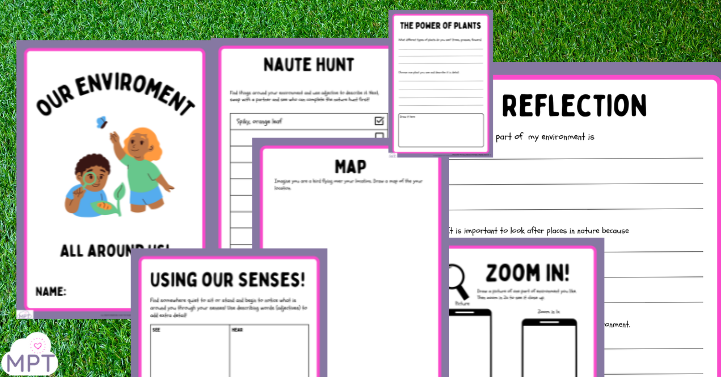
Environment Science Project
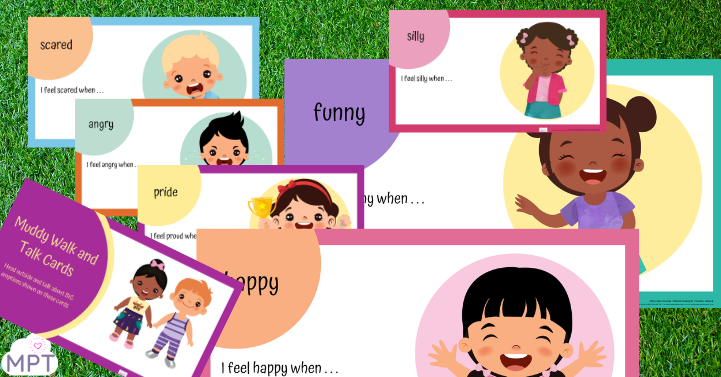
Outdoor Learning Emotions Intervention

Earth Day Invention

What Is Outdoor Learning INSET Days?

What Is Involved in an Outdoor Learning INSET?





